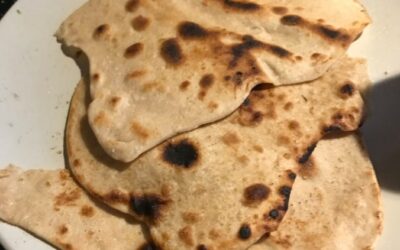
When you hear the word fungi, the first thing that probably comes to your mind is mushrooms. The general misconception is “a fungus is only a mushroom.” Until I did more research, I too perceived fungi as only a mushroom but I soon discovered that this misconception is far from the truth.
I am here to describe to you the incredible magnitude of fungal diversity. There are approximately 5 million species of fungi on our planet! Fungi are so diverse – many species never produce an actual mushroom. However, the mushroom is only an organ for certain species with the intent of producing spores for reproduction. So technically if the mushroom is the fruiting body, what is the rest of the fungi?
I will now introduce you to mycelium. Have you ever wandered through the bush, come across a log and noticed various white patches? That’s mycelium… oh, and they grow on soil tops too. Have you seen them there? On my families’ property, we have chipped fallen branches and used the mulch for our pathways in our food forest – just a kick with my foot reveals an incredible white, fibrous web of mycelium, a vast microscopic network, an intergalactic ecosystem, an infinite number of roads leading everywhere.
The roles of mycelium are diverse. Mycorrhizae in Latin means: “myco” – fungi and “rhiza” – root. Fungus root. Franciszek Kamieński first termed this name in the late 19th century. It refers to how the mycelium of fungi would literally grow into the roots of plants.
Plants require nutrients for growth, so they require decomposers to break down insoluble nutrients, which are then taken up by their roots. Fungi, for example, uses the mycelium to colonise the root system of a host plant, providing increased water and nutrient absorption potential, while the plant provides the fungus with carbohydrates such as sugar formed from photosynthesis.
Mycelium come in many sizes, from very tiny to as large as a forest. These mycelia are made up of rigid cell walls, allowing them to move through soil or other environments that require extra protection. Under a microscope, the mycelium can look like little trees before fruiting bodies mature.
The growth of mycelium occurs when it releases enzymes into its surroundings. Mycelium does this for the sole purpose of digesting its environment and absorbing every nutrient it can find. Each time mycelium does this, its cells veer off and continue their self-growth. This way, more mycelia spring up. There and then, an extensive mycelium network arises.
Apart from the nutrients mycelium stores, it also stores carbon. Carbon aids growth, and development of plants, its structure, biological health as well as physical health of plants. Whenever there’s a carbon drought for plants, mycelium releases the stored carbon to these plants creating a win-win situation.
This relationship of mycelium and plants grows even deeper. The mycelium fungi do not simply grow in accordance with one individual plant but instead connect many individual plants throughout the soil. This type of mycelial network is essential to the health of ecosystems because the mycorrhizae aids in plant communication and even transfers nutrients amongst species.
Fungi are so miraculous that it has been found that plants will actually give nutrients to weaker trees in the community which effectively helps the entire forest. It has been proven that nutrients, being recycled from older trees, do not always go to older-established trees but instead go to the saplings in the area to help them grow. Recent studies have even shown that the saplings chosen to receive energy from mycorrhizal tend to have more characteristics that make them more resilient against the effects of climate change!
– By Eve Ballard




0 Comments